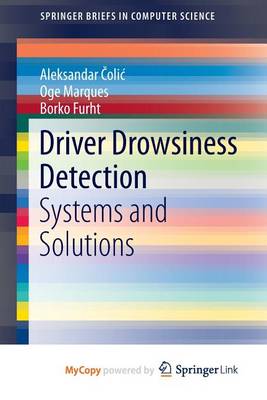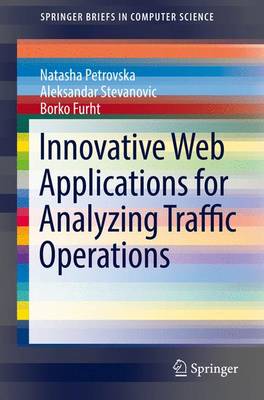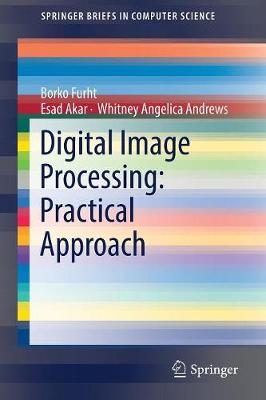SpringerBriefs in Computer Science
5 total works
Driver Drowsiness Detection
by Aleksandar Colic, Oge Marques, and Borko Furht
The major concepts addressed in this brief are: the need for such systems, the different methods by which drowsiness can be detected (and the associated terminology), existing commercial solutions, selected algorithms and research directions, and a collection of examples and case studies. These topics equip the reader to understand this critical field and its applications.
Detection Systems and Solutions: Driver Drowsiness is an invaluable resource for researchers and professionals working in intelligent vehicle systems and technologies. Advanced-level students studying computer science and electrical engineering will also find the content helpful.
Innovative Web Applications for Analyzing Traffic Operations
by Natasha Petrovska, Aleksandar Stevanovic, and Borko Furht
Digital Image Processing: Practical Approach
by Borko Furht, Esad Akar, and Whitney Angelica Andrews
The SpringerBrief covers fundamentals of digital image processing including image concept, image file formats, creating user interfaces and many practical examples of processing images using C++ and Java. These practical examples include among other creating image histograms, performing lossless image compression, detecting change in colors, similarity-based image retrieval and others.
All practical examples are accompanied with an explanation how to create programs and the obtained results. This SpringerBrief can be very useful for the undergraduate courses on image processing, providing students with the basic tools in image analysis and processing. Practitioners and researchers working in this field will also find this research useful.



